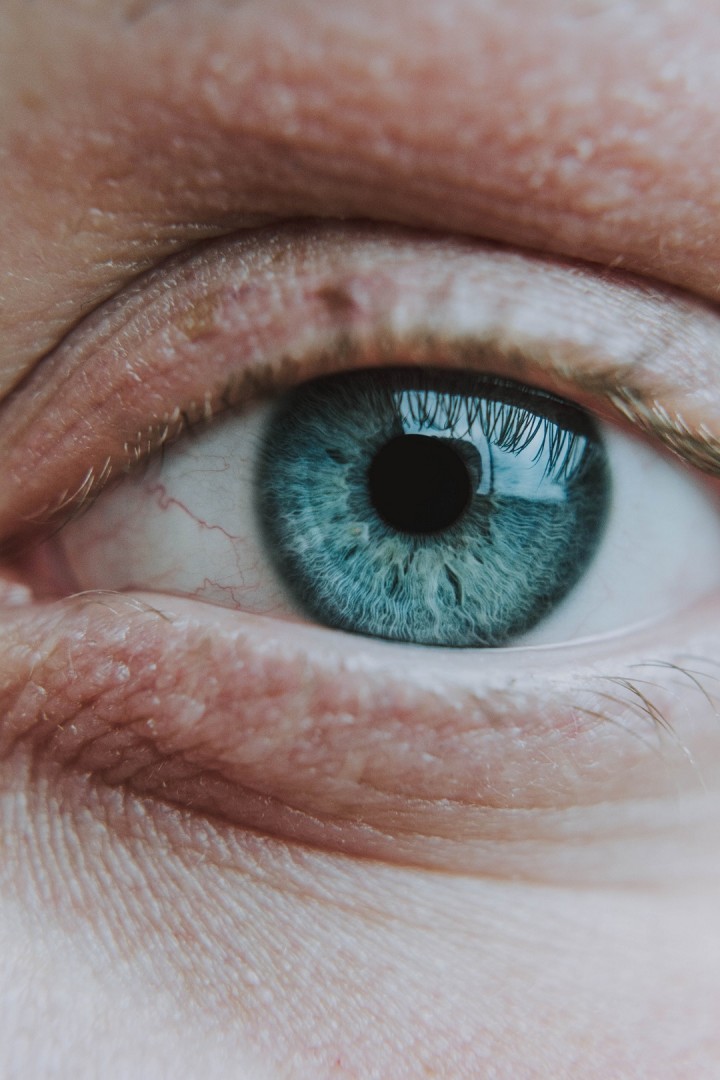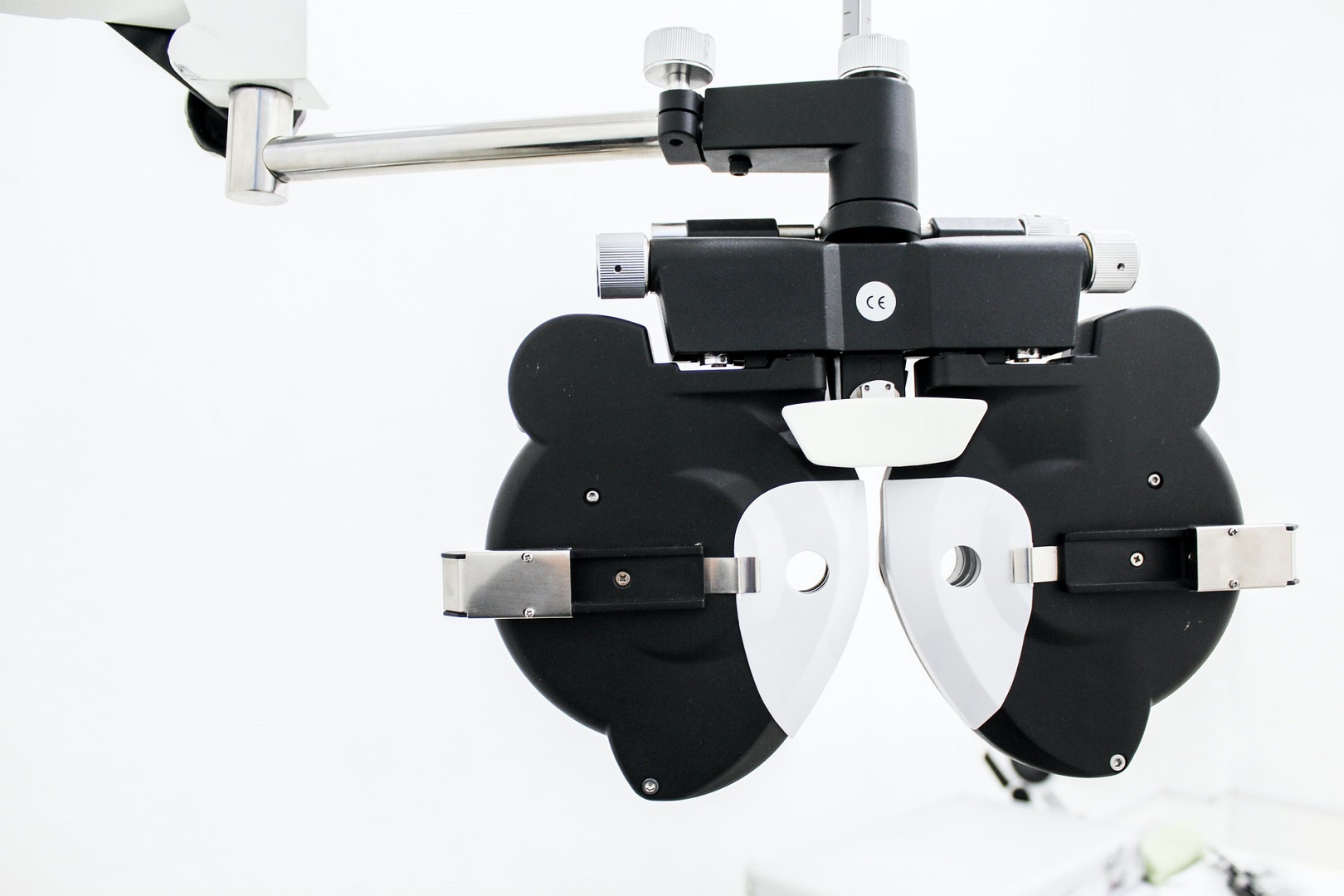
Through our eyes, we are able to witness the ever-evolving beauty of the world and gain priceless experiences. However, the lack of eye care may lead to blindness and turn everything around us pitch-black.
Losing your vision to glaucoma is no different to paralysis as it takes away everything that you're used to and lets you go through a major adjustment in life. By taking part in World Glaucoma Week from 7th to 13th of March, you will learn how to protect your eyes from this irreversible eye condition and permanent blindness.
What is Glaucoma?
Glaucoma is an eye disease that damages the optic nerve which is responsible for sending signals from the eye to the brain. This condition shows no signs or symptoms. Only through an eye examination will you know if you are at risk.
Glaucoma is common in people who are in their 60s, but it can start to set in once you've reached the age of 40. It damages the optic nerve gradually, so even if you already have it, you won't notice a change in vision until it is in the advanced stage.
How Can You Detect Glaucoma
 During World Glaucoma Week, eye care professionals will come together to educate the general public on the importance of undergoing regular eye examination to reduce the likelihood of developing glaucoma and preserve their eyesight.
During World Glaucoma Week, eye care professionals will come together to educate the general public on the importance of undergoing regular eye examination to reduce the likelihood of developing glaucoma and preserve their eyesight.
An eye care specialist can tell you if there's too much fluid pressure in your eyes that could damage your optic nerve, and immediately apply the necessary treatment to preserve your vision. When examining the eyes, the eye doctor checks the intraocular pressure, or the fluid pressure inside the eye, as well as the drainage angle, optic nerve and optic disc.
When glaucoma is detected at an earlier stage, the eye specialist can still do something to prevent vision loss. However, once it has reached an advanced stage, such as acute angle-closure glaucoma, the fluid pressure has to be lowered quickly or it will lead to blindness.
Different Types of Glaucoma
The severity of glaucoma and the chances of reversing it will depend on the stage of the disease at diagnosis. We list below the most common types of glaucoma and what you can expect from each.
- Open-angle glaucoma is the most common form of the disease that doesn't present any symptoms but slowly tears the optic nerve. It causes the pressure in the eye to increase gradually as the trabecular meshwork, through which the fluid must flow before being drained, is slightly blocked.
- Angle-closure glaucoma is an advanced form of the disease which is sometimes accompanied with pain in the eye and headache. It can lead to instant blindness once the fluid pressure shoots up rapidly and blocks the drainage angle.
- Congenital glaucoma often causes blindness at birth or early childhood.
- Secondary types of glaucoma are caused by various reasons, including a medical complication, prolonged use of a medication, steroid dependence or an eye injury, among others.
How Does World Glaucoma Week Help?
Participating in eye health campaigns like World Glaucoma Week will help you gain deeper insights into the benefits of regular eye checkups. You and your family can take advantage of the free screening events organised in your community healthcare centre or local hospital.
If you happen to be an eyecare provider, a nurse or a medical technician who works alongside eye doctors, get involved in educational talks and organise online forums to discuss the dangers of glaucoma and how early diagnosis can prevent permanent blindness.
|
Do you have a natural health & wellness business? |









